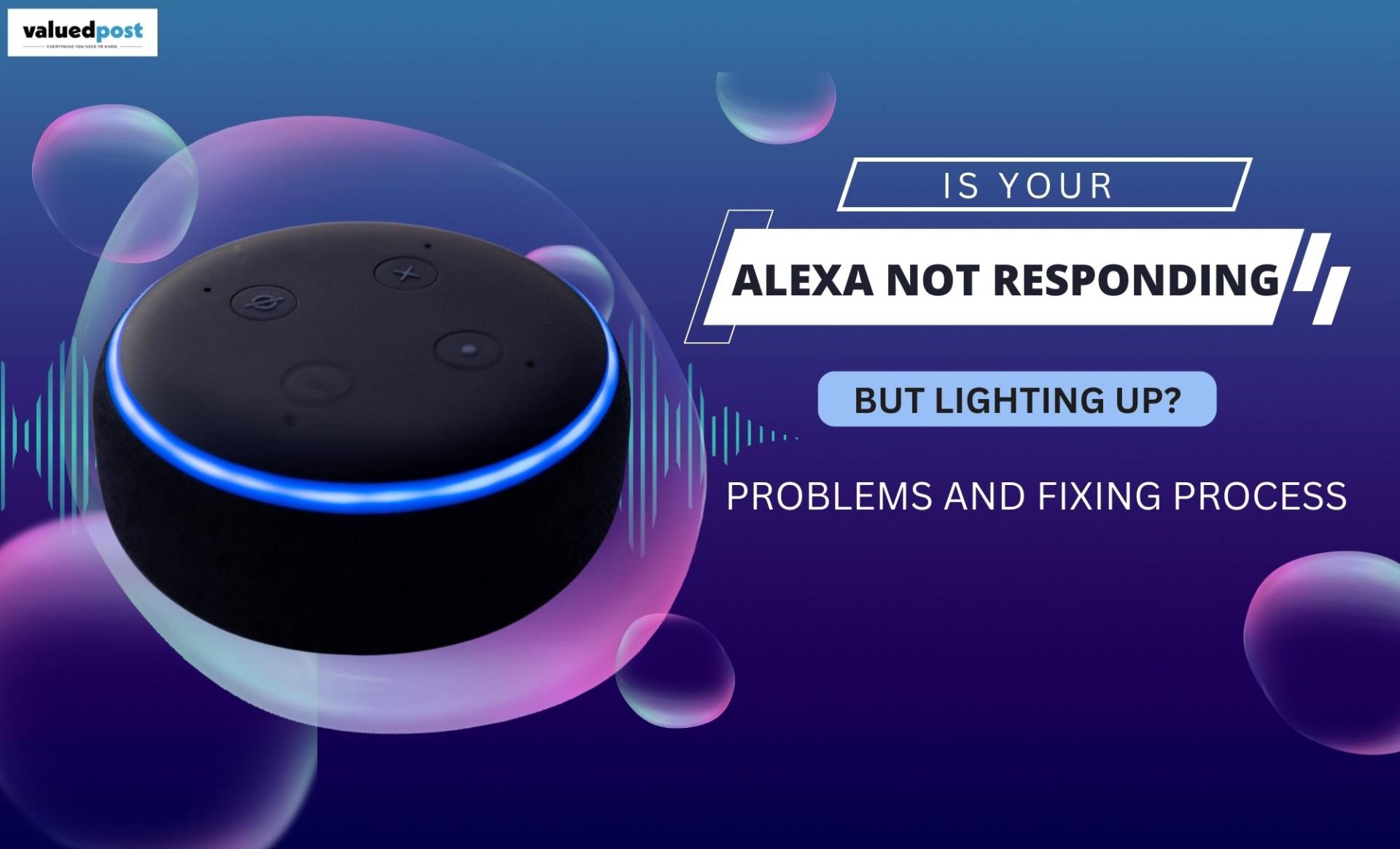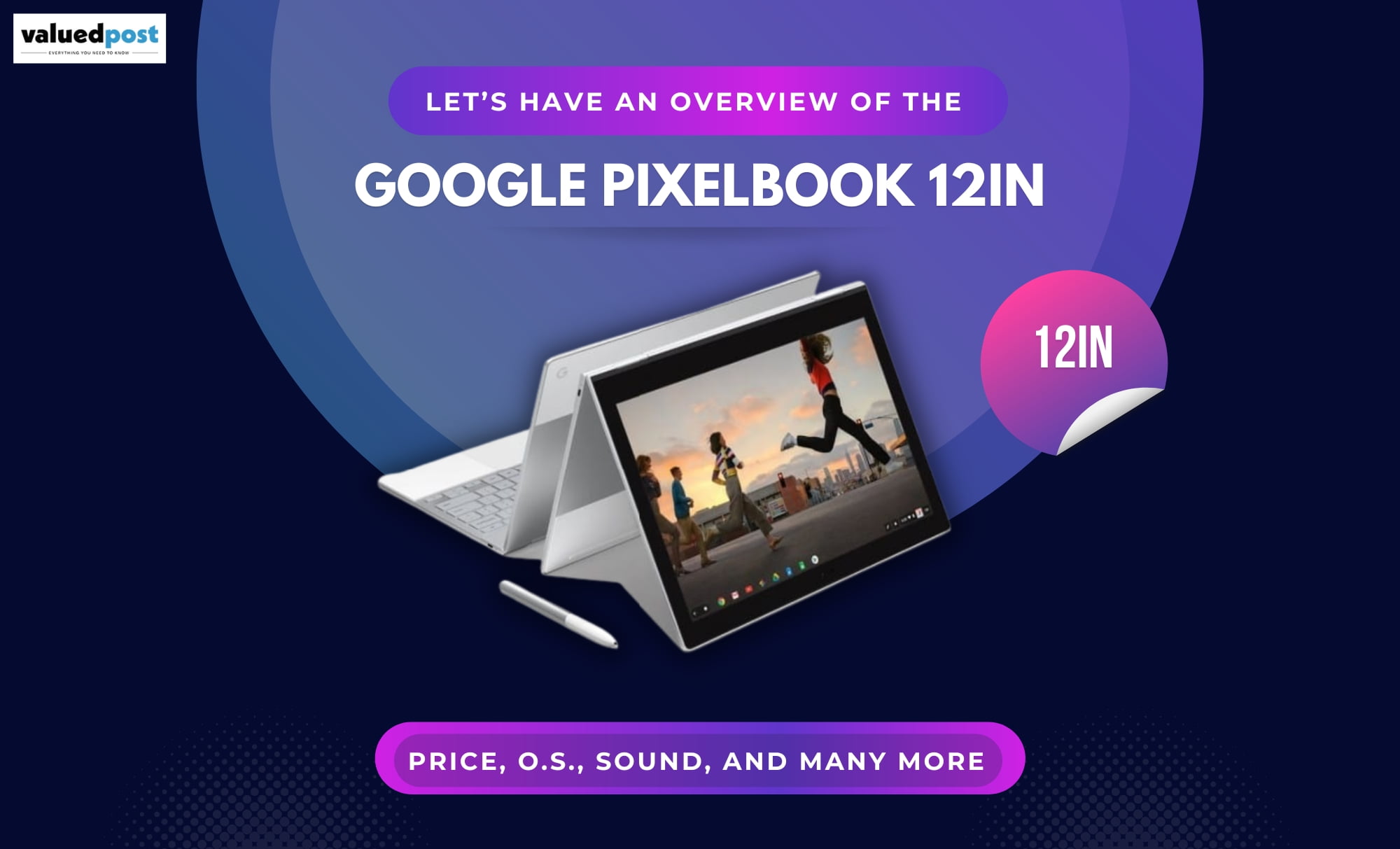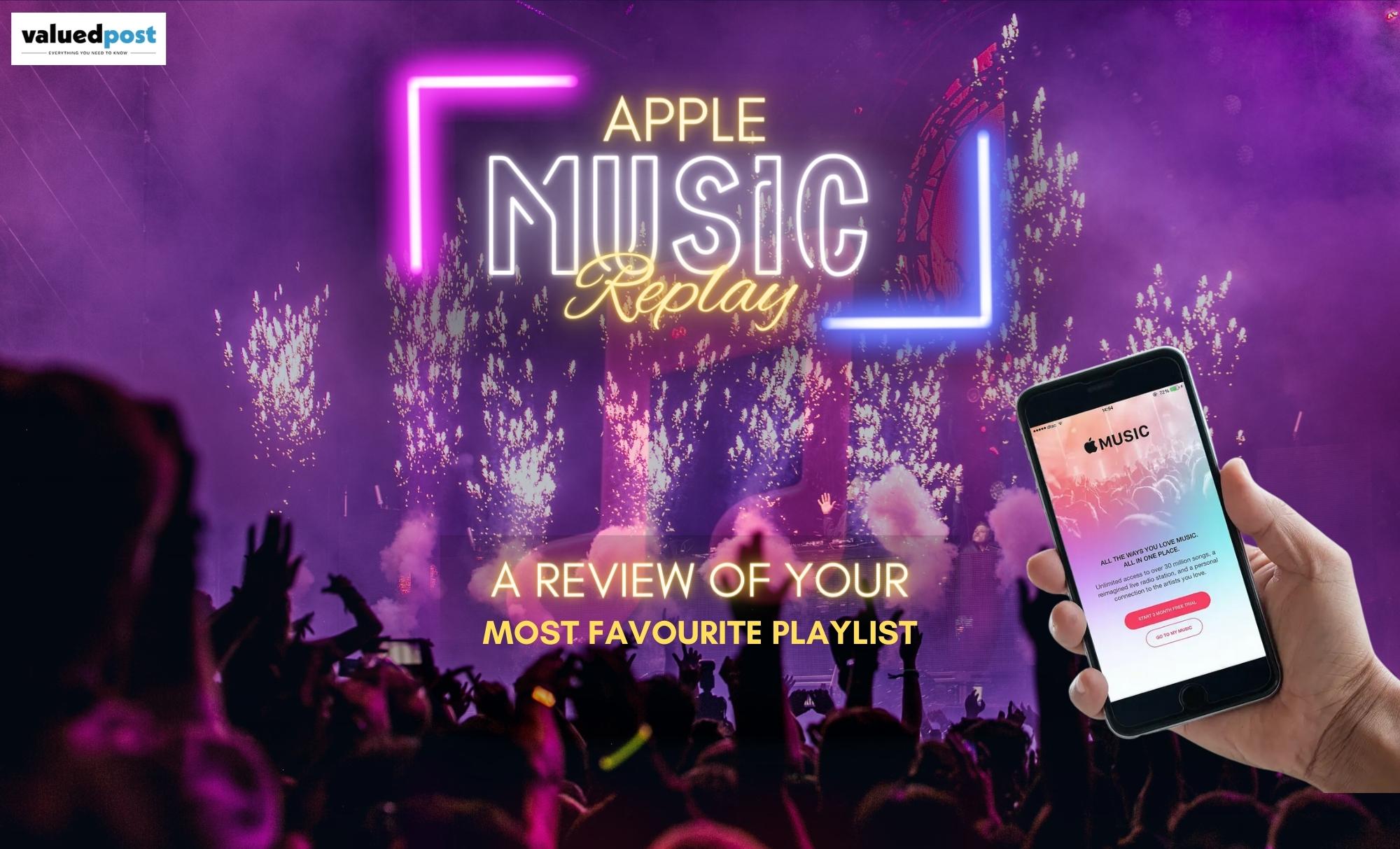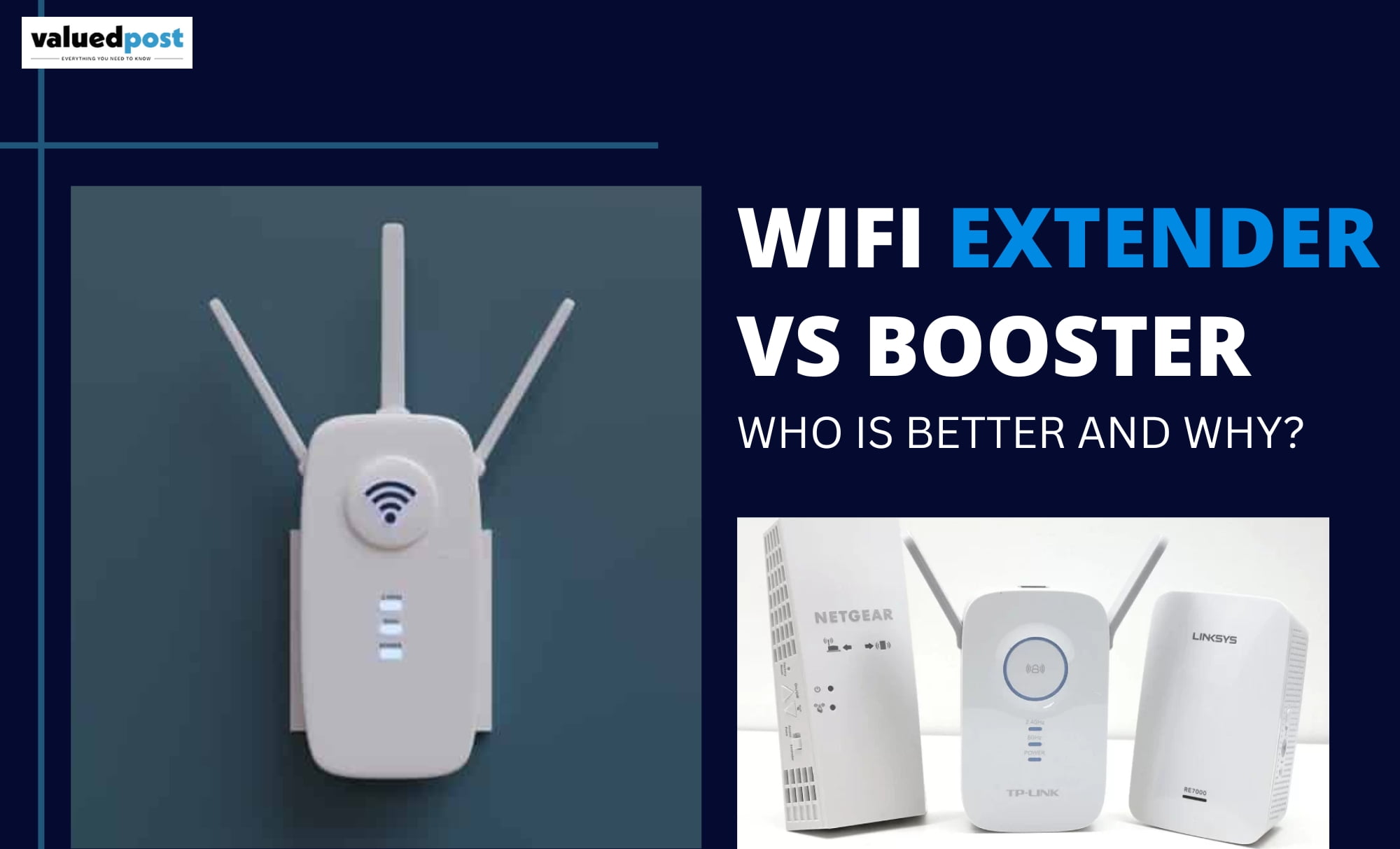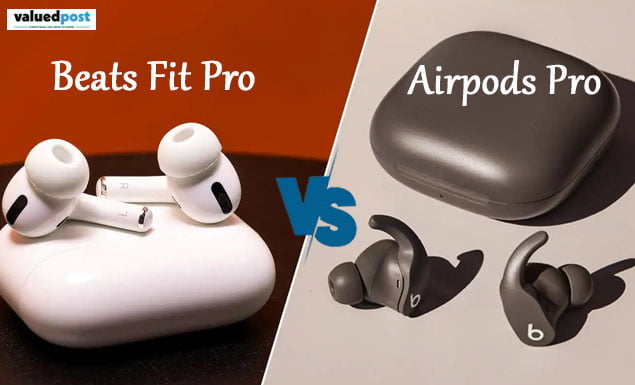In the modern world, the landscape of the user experiences changes quickly and to keep up with the pace is the demand of the hour. That is what beloved Microsoft’s Internet Explorer was not able to do.
One may have faced the hard-to-say Good-Bye situation, but the continuous “Internet Explorer is not responding” messages have made those actions easier this time.
After Internet Explorer’s glorious inceptive years and miserable later ages, Microsoft has finally decided to take the plugs out of the Internet Explorer and put it on the shelf.
It was inevitable as once a giant in the browser stream turned into a meme fest for the millennials. In the 21st century, IE is considered a slow browser and synonym for the turtle’s slow pace.
The only use of Explorer remained was to install the other efficient browsers, and sarcastically, this is the last time one can deny the Internet Explorer’s default browser pop-up.
In the ’90s, all fuss was about Internet Explorer, which was similar to the hype made by the modern generation over the new iPhone or social media apps. For a ’90s generation, IE was the first door to interaction with the internet.
It gave access to a whole new world of games, music and movies in an era when the browser was installed through CDs.
Journey of Internet Explorer
Bill Gates put the cornerstone of Microsoft in 1975, and its stock rose a hundred times from 1986 to 1996. In 1995 Microsft launched Windows 95, including features such as the start menu and Explorer, Microsoft’s first web browser.
Netscape was a dominant force in the browser stream before the arrival of Explorer. There was a time when you had to pay a hefty amount to use the web browser. People pretended to students to download the educational version.
Internet Explorer 2.0 was the first “free” browser bundled with Windows, ushering in a new era of online surfing. The beginning of IE marked the downfall of the Navigator.
Microsoft then thoroughly integrated Explorer with its widely used Windows operating system, to the point where many people simply used it instead of Navigator by default.
Internet Explorer controlled 95% of the web browsing market in the year 2000. It was its peak. According to StatCounter, the market share of Internet Explorer in 2022 is now at 0.38% only.
In 2020, Microsoft stopped supporting Internet Explorer 11 in web browsers in Windows 10 and Microsoft 365, and in August 2020, it halted supporting Explorer 11 in Teams.
Why did Internet Explorer fail?
Internet Explorer was sluggish in performance. It was very prone to malfunctioning and subject to hacking which led the user to opt for another appealing browser.
Majorly, new-age web developers were less inclined to make their sites functional with Explorer, and the cases of incompatibility rose with time, causing Microsoft to press the kill button of its beloved.
Microsoft Edge
In 2015, Microsoft started to pull out the support from Explorer. And in 2016, Microsoft launched its new browser brand Microsoft Edge.
According to Microsoft: Edge not only provides a faster, more secure, and more modern surfing experience than Explorer, but it also addresses a significant issue: compatibility with older, legacy websites and software.
Users who will now try to access the IE will advance to the Microsoft Edge browser. Edge’s Internet Explorer mode will allow you to access applications that were only available in IE11.
Presently Microsoft Edge holds on 9 per cent of the market share. As per Statcounter, an internet analytics agency, Edge lags by 4 per cent and is just ahead of Firefox.
The world without Internet Explorer is the new normal
From now on, Explorer will not be responding forever. Microsoft’s legendary browser will now share old age home with the other retired services like Hotmail.com. Clippy, Microsoft’s famous desktop assistant.
Most folks in the early 2000s used Internet Explorer or, if they were really cool, Firefox. However, Google Chrome ate everyone’s meals when it first came out, and no one has been able to replace it since.
The Chrome browser currently holds a 65 per cent share of the global browser market, with Apple’s Safari coming in second with 19 per cent.
A user may dislike Explorer, but it will undoubtedly despise the fact that Google has a near-monopoly on both the browser and search platforms.
Just like Palm laptops, BlackBerry phones and dial-up modems, IE has also become history. The search for Internet Explorer ends here.


